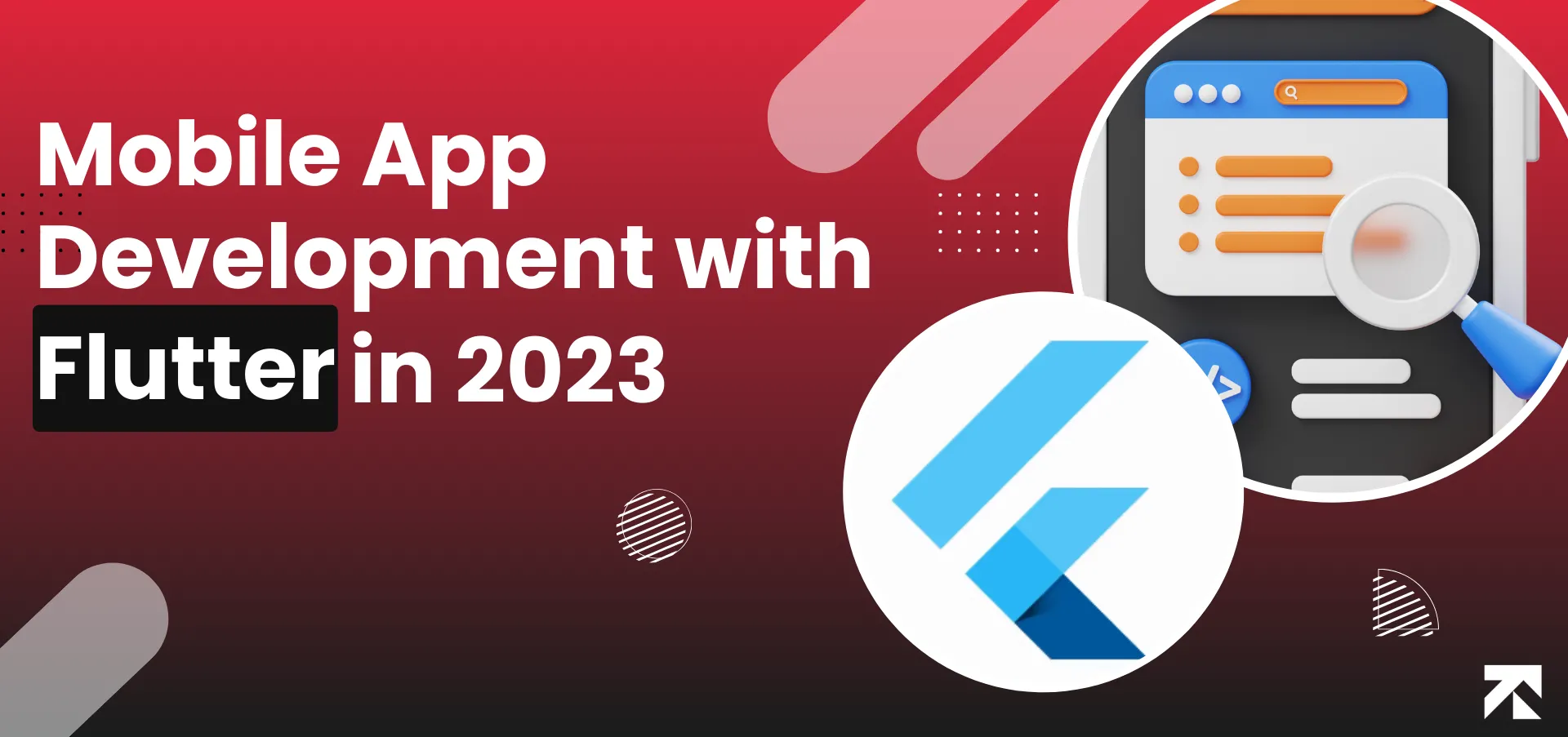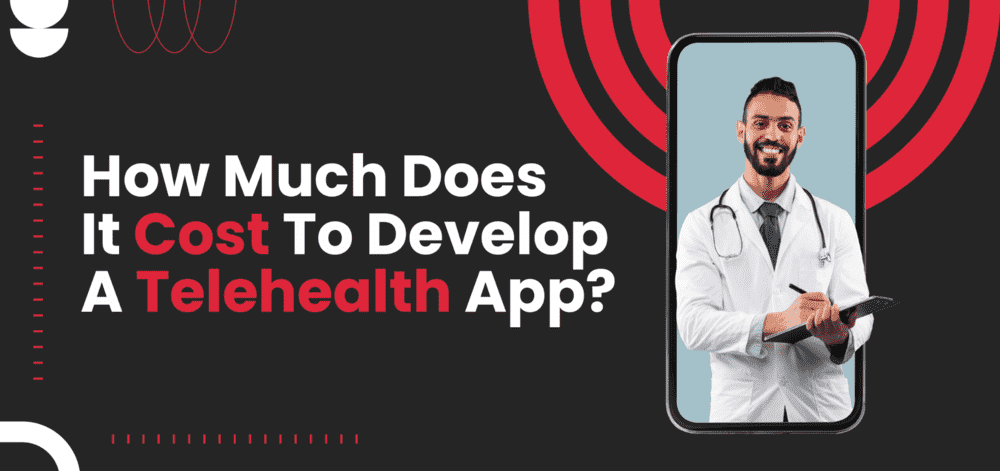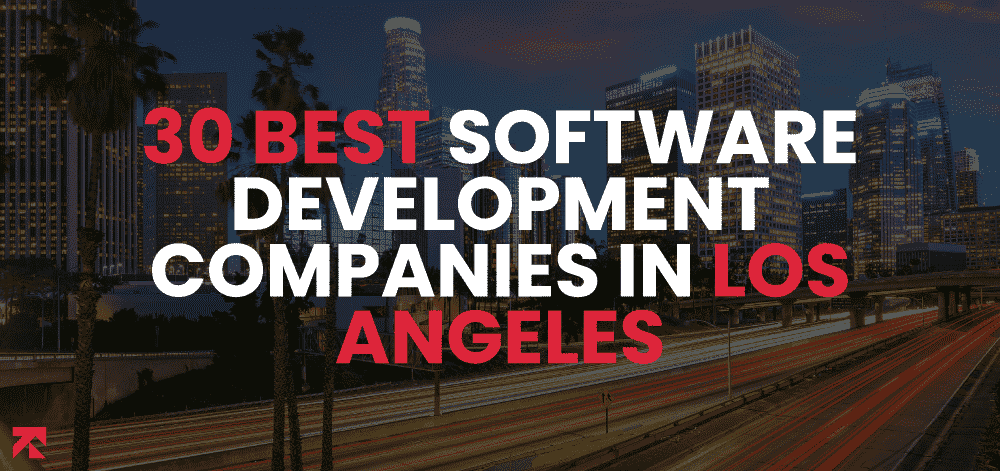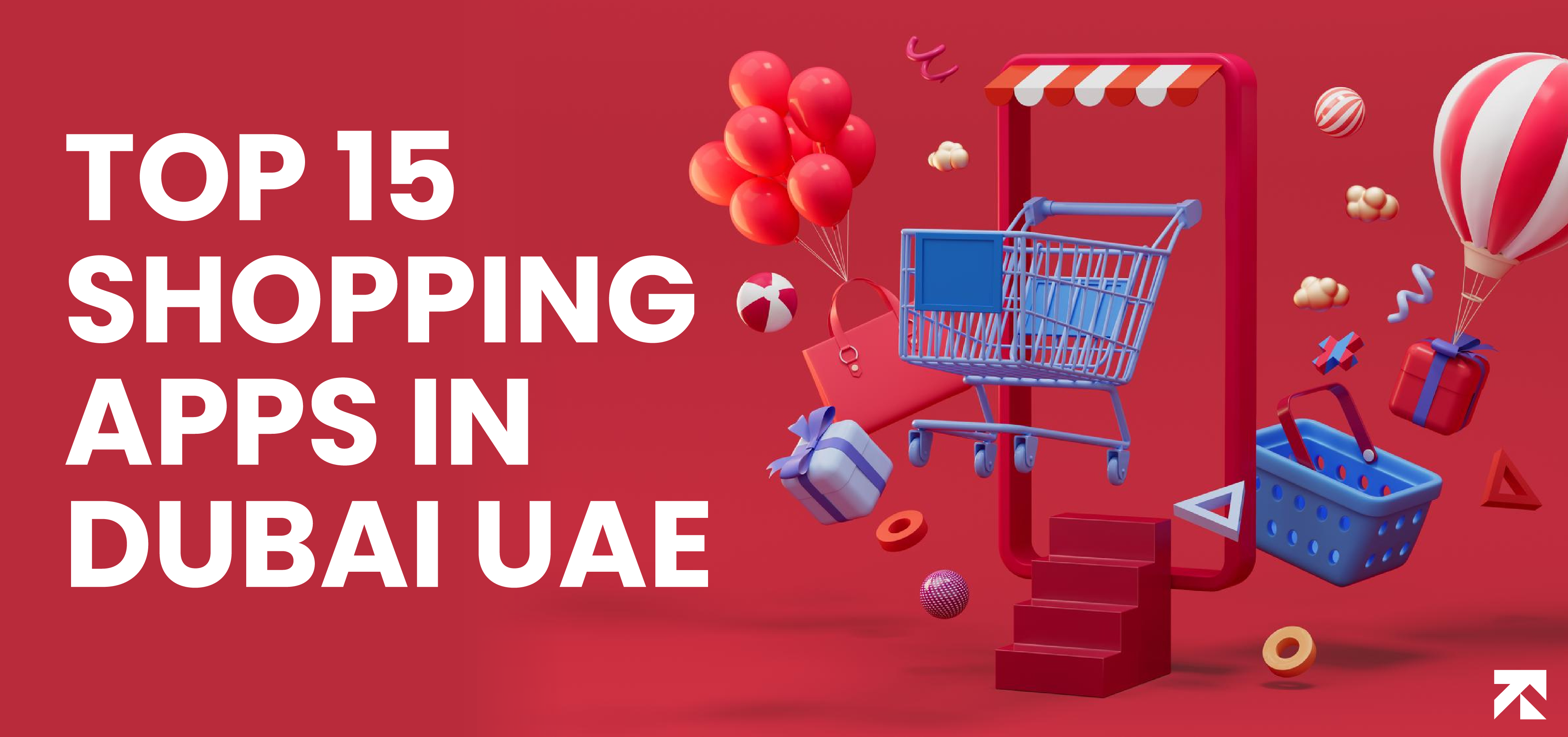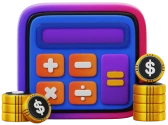As a large portion of internet traffic comes from mobile devices, many companies are gearing up for an advancement in this region. Mobile apps have been around for a long time, and primarily, there are two different platforms where you can publish your mobile apps. One is the Apple Store for iOS apps, and another is the Google Play Store for Android apps.
If you have ever thought of building a mobile app, you might be daunted by the idea of having separate codebases and designs for both platforms. iOS apps are made with Objective-C and Swift languages, while Android apps are mostly powered by Java using Flutter or Kotlin.
Building different apps to be available across platforms is a costly way to create an online presence. Moreover, it is a thing of the past. In 2023, you don’t have to worry about such things because of the availability of various native frameworks. Frameworks like Flutter, provided by a proficient flutter app development company, help in developing a front-end for mobile apps in such a way that the same codebase can support multiple platforms.
In today’s post, we will have a deep dive into Flutter, its advantages and features, and the tools you can use to level up your mobile app development with this framework. So, let’s start with a brief understanding of Flutter.
Unlock the Future of Mobile Apps!
Elevate Your App Development Game with Flutter in 2023
What is Flutter?
Flutter is a user interface development framework that was developed by Google in 2017 and is open-sourced for public usage. It is a software development kit that allows developers to build and ship cross-platform applications using the same codebase.
With Flutter by your side, you can develop applications for Android, iOS, Web, and desktop apps. You can build final copies of the application that can be placed in the Apple App Store or Google Play Store from the same codebase. While this is the primary reason for many people to use Flutter, there are many other compelling reasons to choose it over any other framework.
Let’s take a look at why you should choose Flutter for your mobile app development.
Why Should You Choose Flutter for App Development?
Some reasons that make Flutter the best choice for your mobile apps are:
Superfast
If you are looking to develop modern apps that can provide a sweet and superfast experience to your users, Flutter is the way to go. It has rendering engines that are built on the C and C++ languages, both of which are highly optimized and superfast.
Moreover, it also uses native binaries on the platforms for all graphics processing. With these capabilities, Flutter apps can easily provide 120FPS on screens that support such options, and achieving 60FPS on most devices becomes pretty easy.
Apart from this, it uses a unique Ahead-of-Time compilation approach, which makes it highly optimized for client devices.
Less time is required to develop apps.
With many of its features, developing Flutter apps is easy. It hardly takes time to develop any elementary application. You can easily develop a simple enterprise application in under two months by using Flutter, and you won’t require any more than six months to develop complex applications.
Hence, it usually requires less time to develop an app with this technology, so you can quickly release your apps and gain a competitive advantage in the space.
Large community
Flutter is an open-source framework, and it is quite popular. Owing to these two characteristics, it has a large community. When learning something new, a supportive and large community can help you with lots of tutorials, notes, and helpful items, which will help you master the technology faster.
With the large community, you can get your doubts solved quickly, as there is a significant presence across various developer forums. Moreover, many of your issues will already be solved, as there will be people who have already run into the same errors.
MVP development is easy.
With Flutter, developing and shipping MVPs as well as POCs for your project is pretty easy. It has significant community support, and the development times are minimal. This makes it an ideal choice. If you have any app idea that needs to be developed for trial, you should do it with Flutter.
It helps in developing pixel-perfect UI designs.
Flutter offers a wide range of customizable widgets and components. These components can be used across your app to build various UI elements, and they all will come with a native feel whenever the app is tested on any device or platform.
It also supports material design as well as Cupertino widgets for mobile platforms, so you can provide a better design experience to your users. Apart from that, several external libraries and components can be integrated into your project to unlock newer design elements, or you can write your components from scratch.
After knowing why you should choose Flutter, here are some of the best features of this technology that you should not miss out on.
The Best Features of Flutter
The following irresistible features of Flutter are what make it the best for modern mobile apps:
Hot reload
Today, spending time waiting for the app to build and load is not the right way. Most companies need rapid app development, and waiting for a new build to reflect changes every time you make a small change is only going to slow down your app development process.
To tackle this issue, Flutter comes with a hot reload. This is a feature that allows you to see your changes in real-time whenever you make them. You don’t have to wait for the build to complete every time. Rather, the changes will be visible instantly with just a reload of your output emulator. This feature helps developers understand the impact of their changes quickly and write better code to meet the app’s demands. Moreover, this also saves time when fixing bugs, as developers don’t have to wait for the entire build process to complete.
Widget library
Everything in Flutter is a widget. Widgets can be anything ranging from colors to menu items, padding, etc. Flutter always emphasizes widgets, and it provides lots of widgets to support UI development. With the combination of various built-in widgets, you can create complex widgets that help you fulfill your app’s design needs.
Moreover, you can customize existing widgets and their parameters to build something different based on the built-in widgets. If you don’t want to create widgets from scratch and do not have any experience in doing so but still want to use high-quality and native widgets in your apps, you can use the material design widgets as well as the Cupertino widget pack. Both of these widgets will translate into platform-native widgets when you create the final build for deployment.
Native performance
Flutter is a progressive and developer-friendly framework. It allows developers to use their existing Java or Swift codebases in the new project to unlock platform-specific features and functionalities.
We all know that some things are better if they are done with specificity, and that’s where this usage of existing codebases and platform-specific APIs helps. By invoking the platform’s APIs, you can seamlessly control camera and geolocation modules. Moreover, you can also add platform-specific third-party libraries to improve the execution of certain aspects of your mobile apps.
Cross-platform development
One of the best features of Flutter is its cross-platform capabilities. Using this framework, you can develop multiple applications for different platforms using the same codebase. This means that you can greatly reduce your development efforts and app development cost without compromising on anything.
Moreover, the maintenance of apps is also easier, as you only have to debug and maintain a single codebase.
What Applications Can Be Built with Flutter?
Flutter enables both types of applications, i.e., web apps and mobile apps.
Web applications
Although Flutter is aimed at developing native mobile applications, there are no limits to what can be done with this technology. The active and helpful Flutter community has come up with a project named Hummingbird, which capitalizes on this technology and allows you to build awesome web apps, too.
Mobile applications
Flutter is a native development framework that you can use to develop awesome mobile apps that can work on both Android and iOS from the same codebase. Flutter translates UI elements to native elements whenever the build is generated, and you’ll see that the results are always fantastic.
Many companies and developers have saved significant development time and effort by using this framework for building cross-platform and native mobile apps.
Knowing about the platforms for which you can build apps using Flutter, here are some strategies to level up your Flutter development in 2023.
Key Strategies for Leveling Up Your Flutter Development
Mastering the Dart programming language
- Language features and best practices
The first step in becoming a pro-Flutter developer is to understand the language behind it. Before you start learning Flutter, it will be much better if you can master the Dart language, its features, and best practices.
Dart is an object-oriented language and has many distinct external libraries that can help you do different things. With its Just-in-Time compilation and Ahead-of-Time compilation, your apps will have serious performance benefits among competitors not using this language and framework.
- Asynchronous programming in Flutter
Asynchronous programming helps you develop non-blocking programs. When you use async programming, your code will not stop at one point and wait for execution completion; rather, it will move ahead with the next set of instructions and return to the async code when its execution completes.
You can achieve async programming benefits in Flutter by using Dart’s async, await, and future features. Whenever you want the code to work asynchronously, you can use the async keyword, and where the code should be executed synchronously, you can use the await keyword.
Architectural patterns for scalable apps
- Provider pattern for state management
State management is required in every app, which is composed of multiple components. In Flutter, a state is the current data stored inside a widget that can be changed after some operations. Other connected components often require the state to render something or do the processing.
Flutter has a popular state management package named Provider. This package is quite effective and helpful in managing states across a Flutter application. Even Google recommends using this in its development approach.
- BLoC (Business Logic Component) pattern
Bloc is another programming pattern that is often used by Flutter developers to develop scalable applications.
With this pattern, you can create maintainable apps, as there is a separation of concerns. The business logic is separated from the UI part, which makes working on the business logic easier. Moreover, when there is a change in business logic, there is minimal change in the UI of the app.
Usually, the bloc class will receive inputs by listening to events on the screen, and it will provide outputs by appending values to the state. Once there is a change in the state, re-renders or any changes in the UI will get triggered.
Revolutionize Your App Portfolio!
Experience Cross-Platform Magic with Flutter
Responsive and adaptive design techniques
- Creating responsive layouts
There are different sizes of smartphones on the market, and the apps that can adapt to each smartphone are the ones that become successful. If you are looking to level up your Flutter development in 2023, you should definitely focus on building responsive layouts.
You can build responsive layouts in Flutter by using MediaQuery, responsive design processes, and LayoutBuilder. Moreover, you should also manage device orientation changes so that your UI does not look disoriented when there is a change in orientation. Always build responsive designs so that the content can adapt and provide a great user experience.
Performance optimization tips
- Identifying and resolving performance bottlenecks
To optimize performance, you should first have a baseline of your app’s performance. Whenever you are creating your app, profile it using Dart DevTools to understand the code execution and search for potential issues. Regular profiling can help you find bottlenecks sooner and fix them so that your users always have the best performance.
The Best Tools to Level Up Flutter App Development
VSCode
VSCode is one of the most popular source code editors. Microsoft developed it, and it is available as free software. Whether you code on Windows, macOS, or Linux, there is a version of this software for all of them. It is lightweight and offers almost all the advanced features that you may require in developing the best code.
This code editor comes with features like autocomplete, linters, debuggers, build tools, and support for third-party extensions and language packs. You can customize the themes by choosing from various in-built or community-provided themes.
VSCode can be a great tool if you are working with various technologies, as this tool supports all major technologies with the best performance.
Android Studio
If you had worked in Android development before Flutter, you would have surely used Android Studio. It is one of the most used IDEs in Android development, and now it has awesome support for Flutter development too.
When you install the latest version of Android Studio, you get support for Dart right from the start, so you don’t have to spend time setting up your Flutter development environment. Moreover, the Cupertino widget pack and Material Design widget packs are also pre-loaded so that you can ship your apps with native widgets.
Android Studio is known for its powerful emulator. Using this, you can test your apps as you develop them. Moreover, this IDE also supports automatic app signing and packaging for various app stores, so you can deploy apps easily.
Firebase
Firebase is a large platform launched and operated by Google. While it has 18 products, they are mainly divided into three parts: Develop, Grow, and Quality.
Many developers like to use cloud storage services for their apps, and Firebase succeeds in this area perfectly. Moreover, it also provides services like machine learning, authentication, tracking analytics, cloud messaging, and notifications.
One of the best parts about using Firebase is that you don’t need to manage any backend infrastructure for the services. Instead, the infrastructure is well maintained by Google itself.
Hive
Every application you develop will need a database to store its information and settings.
While online databases are good, many times there may not be connectivity or breakages, which is why you should have a local database.
Hive is a lightweight local database that is developed using Dart. This means that the database performs exceptionally well with Flutter apps and proves to be a great key-value database.
Hive comes with strong encryption mechanisms that offer reliable and steady performance at all times. It offers cross-platform support, and the API is quite powerful to use. If you are building a Flutter app and need a local database, then this is one of the best databases available in the ecosystem.
Nox Player
Android emulators are useful for running Android applications on desktops. These applications provide a way to load an identical Android-based device inside a desktop, and they can be used on any regular Android device.
Many people use Android emulators to run mobile games and applications on PCs. Nox Player is an Android emulator that can be quite useful in the Flutter development process.
You can use this application to load and test your Android apps that you are developing using Flutter. Unlike other emulators, Nox Player is smooth and provides lag-free operation even for heavy apps. Moreover, it also provides root permission to developers so that they can freely test apps without needing to root actual Android devices.
Appium
Whenever you are developing a Flutter app, testing is an important phase, and you should not skip it. If you don’t want to carry out manual testing of the entire app, various test automation tools can help you with it. Appium is one such tool, and it can be used to test your app’s UI.
Appium supports multiple languages and technologies that have a Selenium client library. Moreover, the cross-platform support of this tool can help you test on Android, iOS, or Windows/macOS platforms alike.
When you use Appium, you don’t need to provide source code access, and you can test your apps without that.
CodeMagic
A well-developed application supports all modern aspects of app development. CI/CD is one such part. Continuous Integration and Continuous Deployment (CI/CD) help you integrate various modules of your apps continuously, create new builds, and deploy them on various platforms of interest.
CodeMagic is a one-of-a-kind CI/CD tool that was developed solely for Flutter app development. It is a robust tool that can be used to build, test, and deploy your Flutter apps across platforms. Whether you are building an Android app or an iOS app, CodeMagic can also help you publish the app on the respective app stores.
CodeMagic can automatically detect your Flutter applications and run tests with minimal setup.
[Also Read]: iOS App Development Cost in 2023
Stripe
If you are building a business application, you’d surely require a payment service to accept and disburse payments directly from the app. There are many modern payment processors, and Stripe is one of the most advanced payment services you can get.
It has a well-documented API and SDK that can be helpful to all developers who want to integrate Stripe’s payment services into their app. Moreover, the platform supports various payment methods like credit cards, debit cards, virtual gift cards, Apple Pay, Google Pay, UPI, and many others. It also has a great financial management and reporting module, which can be used to understand your finances and earnings from the apps, and all this comes with the trust of Stripe’s awesome security features.
Flutter Lints
Before your app is pushed to production, all problems must be identified and fixed beforehand. A linter can help you in such situations. Flutter Lints helps with static analysis of your codebase and fixes inaccurate assignments and data or memory leaks.
Stay Ahead of the Curve!
Join the Flutter App Development Revolution
Conclusion
While there are many native app development frameworks available, Flutter is going to grow by multiple folds in 2023 and the coming years. It has strong support from the community and Google’s ecosystem. Because of this, you should try developing native apps with this technology.
We have seen many strategies to level up your Flutter app development process. You should definitely pair these strategies with the best developer tools to enhance your app’s productivity and deliver excellent products.

